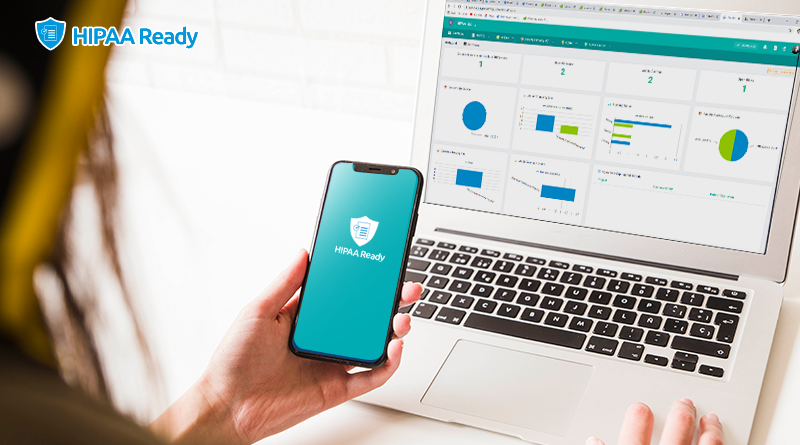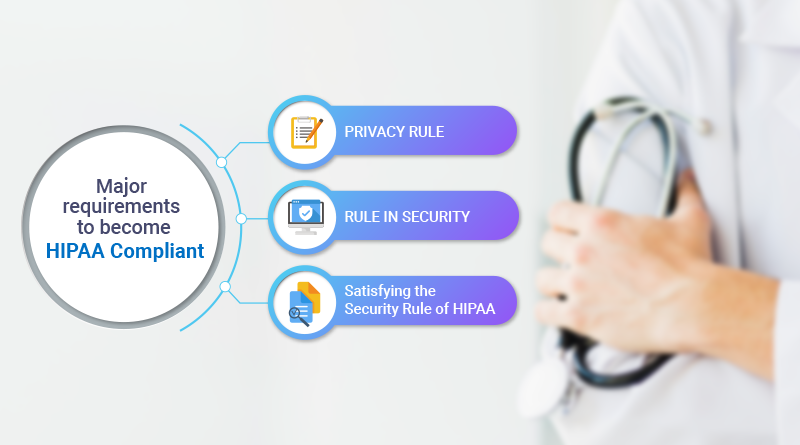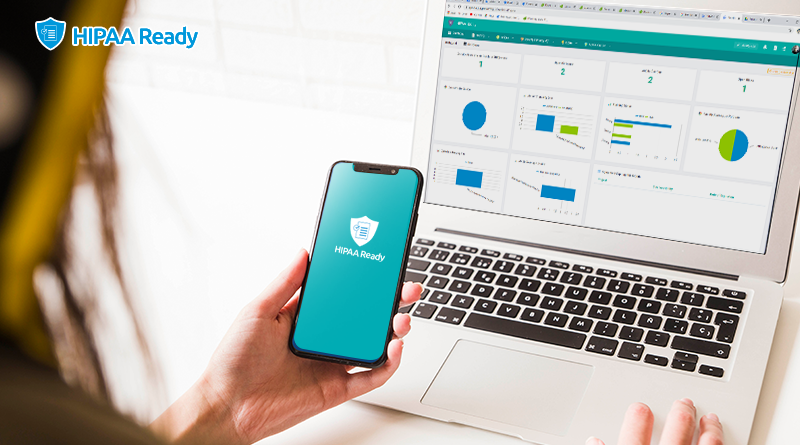What is HIPAA Compliance, why it Matters and how to Obtain it?

Healthcare software solutions help keep safe the health records, minimize patient care disruption, as well as meet compliance requirements. One of the award-winning solutions, such as HIPAA Ready could help streamline consolidation, migration, security, and management of the healthcare IT environment by helping them to effectively comply with HIPAA.
HIPAA Compliance, what is it?
HIPAA or the Healthcare Insurance Portability Accountability Act is a security rule established in 1996 that protects the electronic personal health information, or PHI of an individual that includes any health information personally identifiable (PI), such as health histories and records, lab results, medical bills and so on, which are built, received, utilized or maintained by a covered entity, including health plans, healthcare service providers, and healthcare clearinghouses as well. While the rule became law in 1996, today business organizations should pay attention.
Why HIPAA compliance matters for your business?
If at present your business handles PHI, or you want to work with organizations in the healthcare industry, you would have to be HIPAA compliant and show that you have PHI protections in place and could handle data using effective healthcare software solutions securely and safely. Otherwise, you might become the subject of facing serious legal punishments as well as financial penalties.
Organizations covered are the main group that is subject to the requirements of the HIPAA.
- Healthcare Providers. This includes health providers like doctors, nursing homes, psychologists, and pharmacies. These groups nonetheless are only covered if they electronically pass on any information with a transaction that adopts the HSSP standard.
- Healthcare Clearinghouses. These groups include companies that process non-standard health information they receive from other organizations into a standard form, like for instance, data content or standard electronic format, or vice versa. The law moreover enables covered organizations to disclose the health information of a patient to a business associate as long as there is a contract stating the use of the data to an associate and ensure information protection of the said data.
- Healthcare Plans. These cover HMOs, or health maintenance organizations, health insurance firms, government programs, company health plans, which pay for healthcare, like Medicaid, Medicare, and veteran and military programs.
How to Obtain a HIPAA Compliance?
Covered organizations should comply with the three major requirements to become HIPAA Compliant. All safeguards and controls should be in place to help serve the three requirements.

PRIVACY RULE
The HIPAA ensures PHI privacy. The privacy rule establishes standards to protect medical records, as well as other patient health information and sets conditions and limitations on the disclosure and use of PHI without the authorization of the patient. Moreover, the rule provides patients the right to acquire a copy of their health records and request healthcare providers to make the necessary corrections.
RULE IN SECURITY
Those organizations that are HIPAA-covered need to establish security standards that protect electronic patient health records.
The standards enclose any electronic patient health record made, received, used, or maintained by the covered company and their business entities in turn. The rule of security requires the proper administrative, physical, and technical safety measures to ascertain the integrity, confidentiality, and security of health data that are electronically protected.
Satisfying the Security Rule of HIPAA
A healthcare provider inputs the data of a patient with technical safeguards on a secure device or computer. There are three parts to the HIPAA security rule, namely, technical, physical, and administrative safeguards. There is a specific set of parts, wherein all are considered addressable or required.
- Technical measures. Covers the technology utilized to access and protect electronic PHI. To implement the safeguards, companies could implement any mechanisms that make the most sense, except encrypting ePHI. The organizations covered should:
- Introduce a mechanism for ePHI authentication
- Implements access control ways
- Introduce audit controls and activity log-off
- Implement encryption and decryption tools
- Facilitating automatic log-off of devices and personal computers
- Physical Safeguards. This safeguard covers physical access to electronic patient health information to wherever it is stored, such as in the cloud, a data center, a covered physical location, or anywhere else. They layout physical safeguarding. The safeguards include requirements for:
- Use of workstation and positioning policies
- Access controls facility
- Inventory of hardware
- Mobile device procedures and policies
- Administrative Safeguards. These pertain to procedures and policies governing the conduct of a company and integrate privacy rules as well as the security rule into a single set of actions and policies. A dedicated privacy and security officer is required by the HIPAA to implement the safety measures. The admin safeguards include requirements to:
- Introduce a risk management policy
- Security training for employees
- Do risk assessments
- Develop a contingency plan
- Restrict access to a third-party
- Contingency plan testing
- Security instances reporting
Conclusion
HIPAA compliance matters because it protects individuals and organizations with complete and secured access to their medical records (PHI). It mandates data protection for healthcare service providers.












